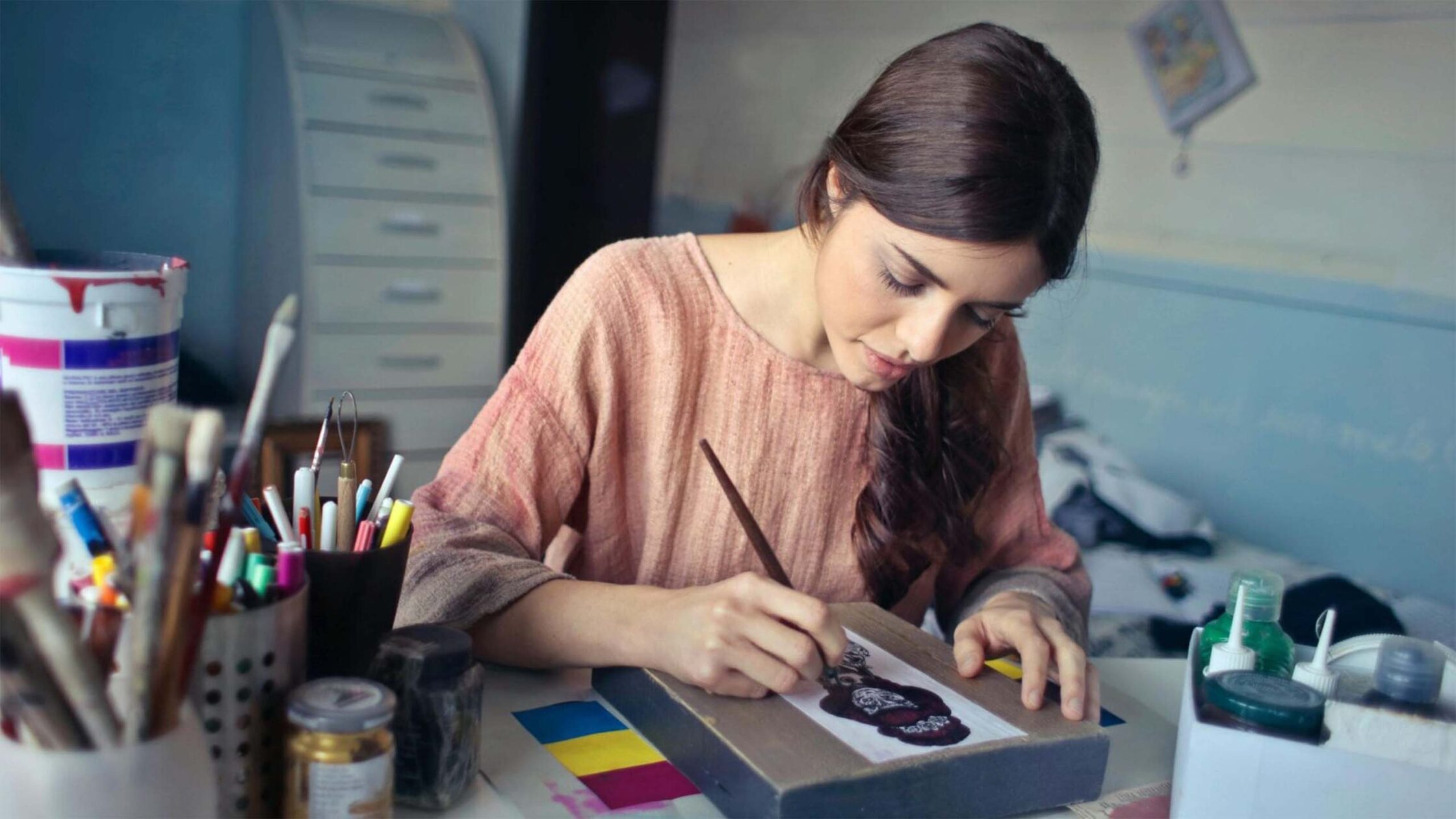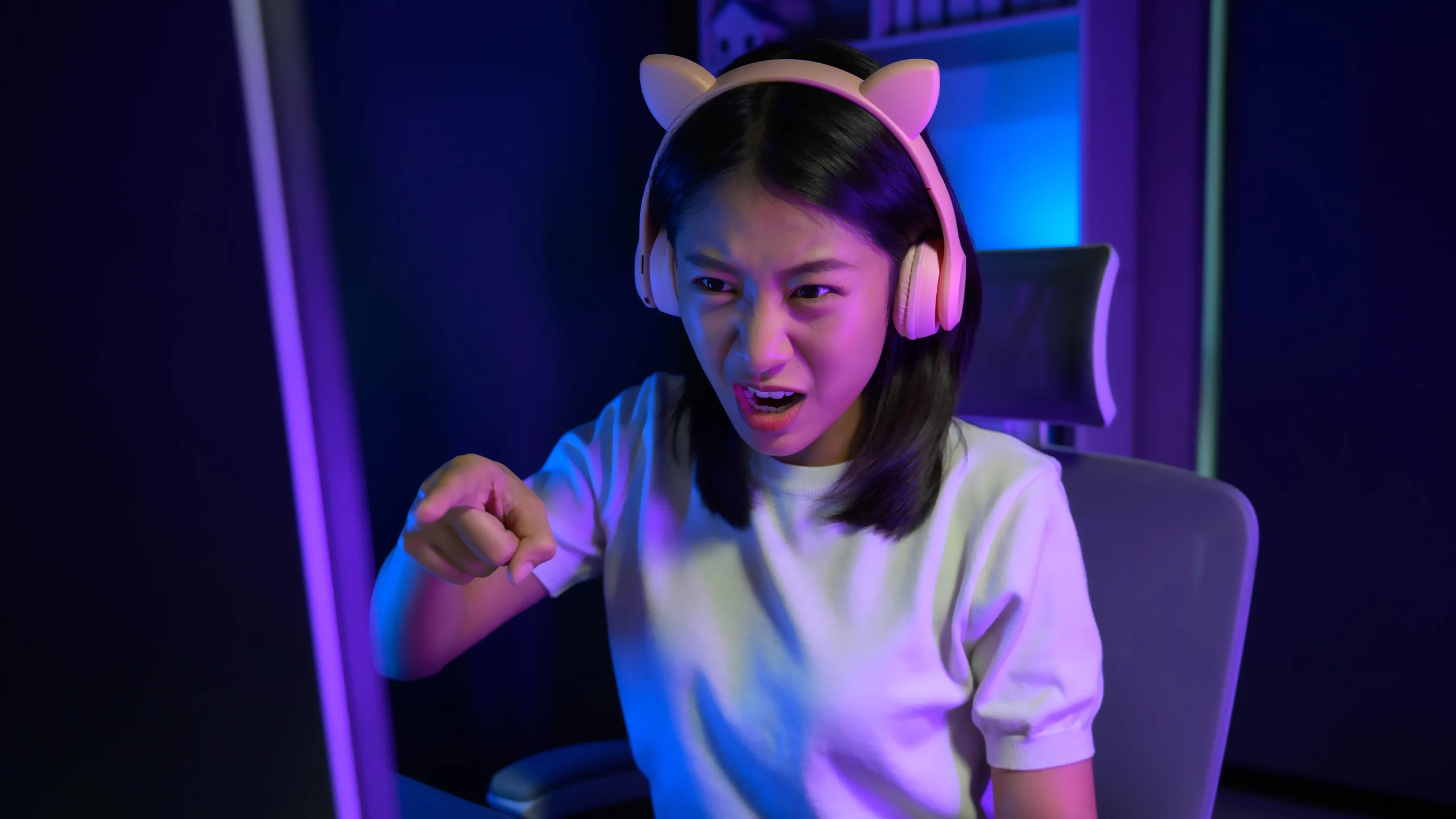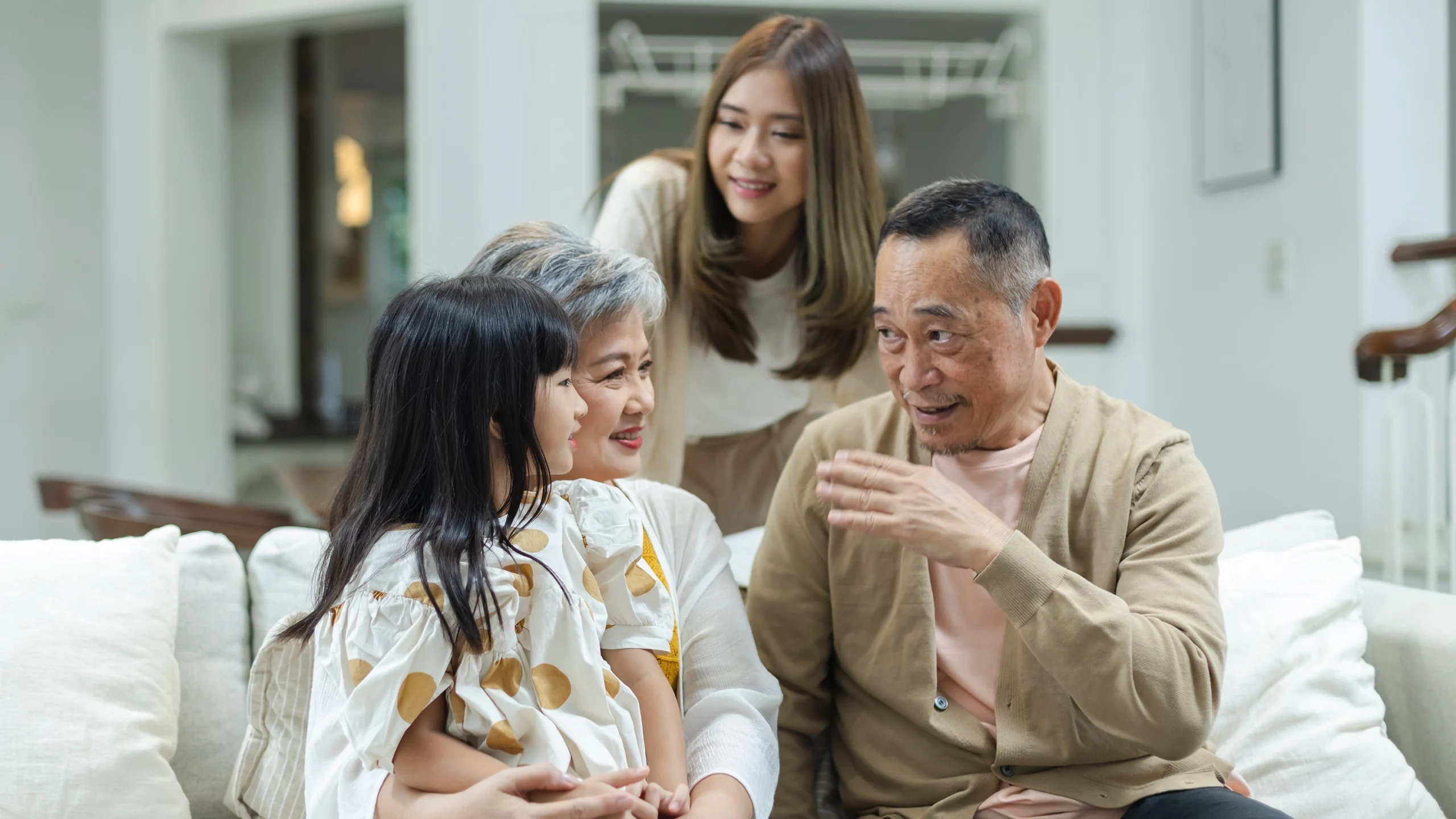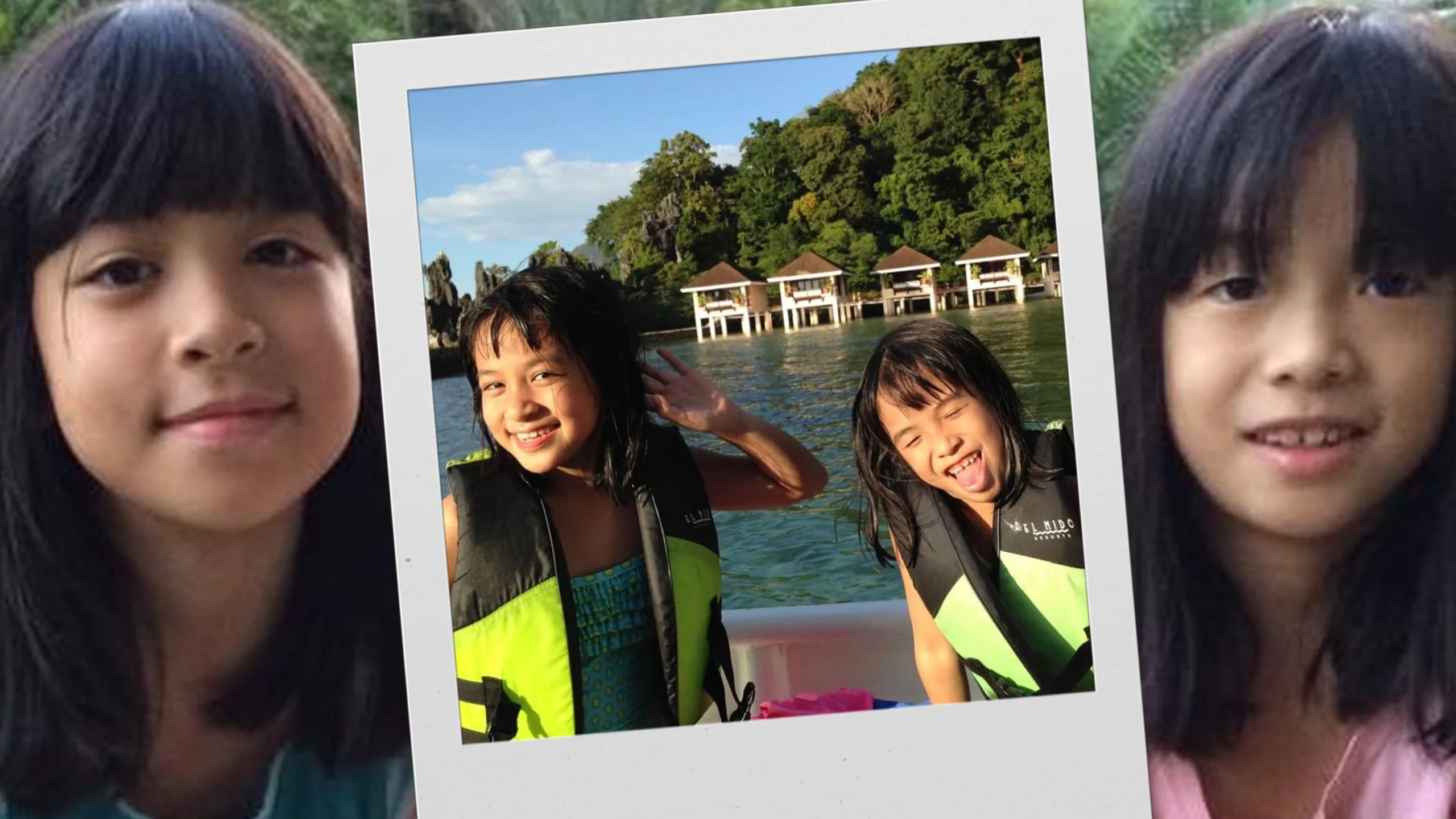How Art Became A Form of Therapy: Healing Found in Lines and Forms
While most parents discourage their kids to not get into art as a professional career, we know art is good for healing and therapy though!
Art can be a lot of things. Painting, sketching, drawing on art programs, cooking, writing fanfiction, and even making music — all these, as a form of art, have one thing in common: they come from the soul. Art has become an outlet for all the feelings we’ve stored away, especially when we grew up in an emotionally dysfunctional or immature household. That’s why we have something called Art Therapy!
While work may prevent us from doing big art projects, that doesn’t mean we can’t sketch or scribble a thing or two. Here are some ways in which art has become therapeutic and healing for a lot of people.
What Art Therapy typically is
Art therapy is often used among kids with professional psychologists and therapists often figuring out the kids’ story based on the lines and drawings they’ve made. Despite the bright colors and rough scrawls, some of these pieces actually reveal some of the kids’ feelings or thoughts from their inner worlds (Annous, Al-Hroub, and El Zein, 2022). But Art Therapy isn’t a solo pursuit; some even do it in pairs known as Peer Art Therapy to help build trust between therapist and patient (Jewell and Camden-Pratt, 2023).
However, most of the art therapy used in the clinical setting is usually a drawing or painting kind. The kids would be given a blank sheet of paper and they have coloring materials to draw things and they would be asked, “How does this make you feel?” or “Who is the person you drew?”
In more volatile settings, a social worker may employ art therapy to help a child process being removed from their abusive home. They sometimes use art to help the kids narrate what happened before social services intervened (Bosgraaf, Spreen, Pattiselanno, and Hooren, 2020).
But it’s not just for kids. Parents can use it too!
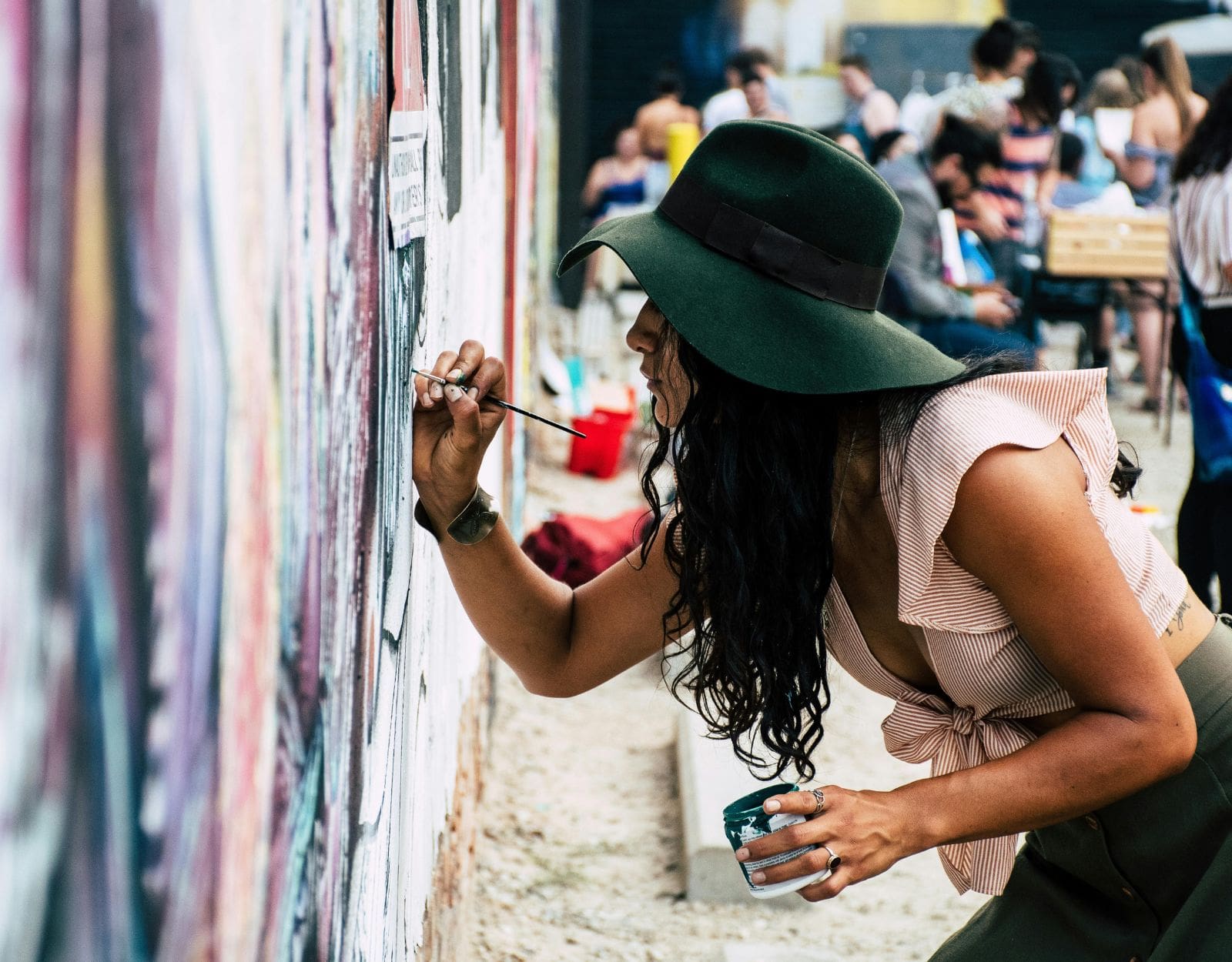
Healing emotions that they feel they can’t express
Art, in a way, is liberating. While it doesn’t explicitly reveal our feelings, it instead gives us an outlet to express and find other ways to describe them. The weight of our brush strokes, the colors of choice, the themes, and even the perspectives — our emotions find ways to leak out into our art. Many of the pieces we create are a concrete form of our passion. While some appreciate it, others who know us may empathize especially when they know the story behind the artwork.
But what stops us sometimes is that we think that every art must end up beautiful. Unfortunately, there’s already a flaw to which we can ask ourselves: is healing beautiful? Are our emotions always supposed to be something aesthetically pleasing?
The truth is — human emotions are so complex that beauty as a standard may be too poor a criterion, especially in something as harrowing and as rewarding as parenting. We find ourselves face-to-face with both the past and the future. Our kids look like us, somewhat offering us a chance to change the past we lived in. However, we also know that they’ll be someone else in the future. They’re only 50% of us; the rest will depend on their decisions and how we will support them.

Don’t be afraid if we’re starting out with stick people!
Because we hold art in such high regard, some of us are too ashamed to even try healing ourselves through creation. We lament at the sight of our stick figures and our inhuman-looking sketches. But if we look at our old artworks when we were children, that’s how we drew. Yes, they were anatomically disproportionate. Maybe the color didn’t match and maybe we gave our teachers green hair. But that’s where everyone starts.
We don’t have to make money out of it. It’s just there to help us heal. Some parents may have found a way to make money out of it but that doesn’t mean we have to. Sometimes, we just want the healing found in creating art and that’s okay.
So don’t be afraid. Grab a sketchpad (it can be the smallest one) and start scribbling. Or, if sketching isn’t our thing, write poetry. Nothing heals the heart better than a little bit of art expression. Besides, maybe drawing is just the next thing we could bond with our kids over!
References
Annous, N., Al-Hroub, A., & El Zein, F. (2022). A systematic review of empirical evidence on art therapy with traumatized refugee children and youth. Frontiers in psychology, 13, 811515.
Bosgraaf, L., Spreen, M., Pattiselanno, K., & Hooren, S. V. (2020). Art therapy for psychosocial problems in children and adolescents: A systematic narrative review on art therapeutic means and forms of expression, therapist behavior, and supposed mechanisms of change. Frontiers in psychology, 11, 584685.
Jewell, M., & Camden-Pratt, C. (2023). Creating ‘art-alongside’in Peer Art Therapy (PATh) groups: nurturing connection and trust, and responding to power dynamics. International Journal of Art Therapy, 28(1-2), 38-50.
Rana, D. M. (2022). Developing Socio-Emotional Domain of Kindergarten Pupils Using Aesthetic/Creative Activities. Psychology and Education: A Multidisciplinary Journal, 3(4), 279-298.
Tobias, C. C., Umali, Z. P. D., Dela Rosa, E. D. C., Gan, M. J. J. J. D., Hembrador, A. J. A., So, P. S. B., & Fernandez, M. P. (2022). Bibliotherapy Storybook Construction: A Creative Interpretation Based on Children’s Goals, Wants, and Hindrances. Sinaya: A Philippine Journal for Senior High School Teachers and Students, 1(1), 6.
Check out the parents who found healing through art
EXCLUSIVE: Raymond Lauchengco: “I Just Got Lucky”
Fred Tan: Reading and Trusting the Tides of Time
Golden Lining: Jodi Sta. Maria on The Beauty of Kintsugi
